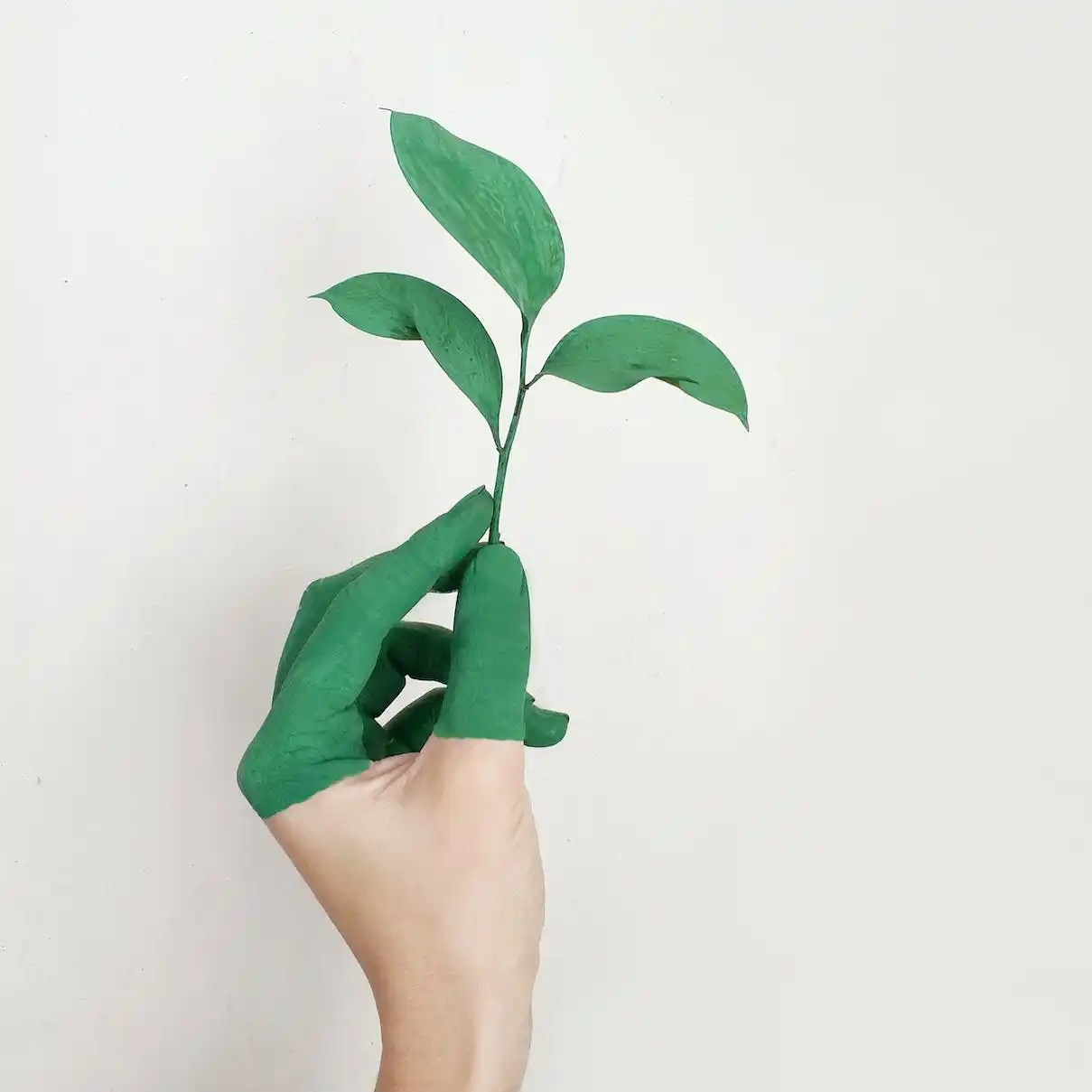
As a movement that emerged in the 1970s, ecofeminism drew attention to the correlation between women’s oppression and environmental deterioration. With the advent of the information era, ecofeminism has developed to meet the new difficulties and seize the new opportunities. The use of technology in eco-activism, the digital gender gap, and the proliferation of eco-feminist digital art are just some of the topics we’ll be discussing in this post.
Technology as a Tool for Environmental Activism
Ecofeminists now have more ways than ever to get the word out, organise, and rally support for feminist and environmental causes thanks to the internet. Ecofeminists can now connect with others who share their values and learn from each other all across the world thanks to social media sites like Facebook, Twitter, and Instagram. The global climate strikes organised by Greta Thunberg’s generation are just one example of how these channels have helped bring environmental issues to the forefront.
Activists now have the tools provided by the Internet to make it more difficult to ignore problems like environmental injustice and violence against women. Ecofeminist activists, for instance, have been able to use drones to shed light on unlawful logging and mining practises, which have a disproportionately negative impact on women and Indigenous communities.
Technology and the Gender Gap: Closing the Digital Divide
Technology gives both important opportunities and obstacles for ecofeminist advocacy. Women, especially in underdeveloped nations, are disproportionately affected by the digital divide. This is the gap between those who have access to technology and those who do not. Because of this, they are unable to take part in online activism or take advantage of internet resources.
Ecofeminists of the Internet Age are trying to close this gap by pushing for legislation to ensure that women and men have equal opportunities to use and benefit from technological advancements. In addition, they work with tech firms and NGOs to create programmes that equip women with digital skills and expand their access to the internet at low cost.
The Unsavoury Side of Cyber Activism: Online Harassment
The negative effects of online harassment, threats, and intimidation on the mental health and well-being of women activists, including ecofeminists, are well-documented. Such harassment can, in extreme situations, lead to physical assaults. Ecofeminists in the modern day are speaking out against cyberviolence and calling for more robust measures to safeguard women in the digital sphere. They’re also using their channels to connect victims of cyberbullying with one another and distribute information about available resources.
Awareness-Raising Through Digital Ecofeminist Art
Artists that identify as ecofeminist have embraced digital media in order to create works that are both thought-provoking and aesthetically arresting, drawing attention to the intersections between environmental and feminist concerns. Photography, graphic design, and video are just a few examples of digital creative mediums that have given these creators a global platform from which to spread their messages and inspire action.
Digital ecofeminist art can be seen in the photographs of activist and photographer LaToya Ruby Frazier, who focuses on the effects of industrial pollution on underrepresented groups. Her work is shared with more people and motivates them to take action through the use of digital media.
The rise of ecofeminism in the Internet age is evidence of how activity in these fields may be amplified through modern communication tools. Ecofeminists have used the internet for political organising, artistic expression, and community development. However, the digital age also offers issues that must be addressed to provide an inclusive and safe place for all activists. These include the digital divide and online harassment. In order for ecofeminism to flourish in the modern digital era, it is essential that we close the gender gap in computer literacy, prevent online harassment and abuse of women, and encourage innovative forms of expression that spark discussions that lead to positive social change. Ecofeminists may advance the cause of a more equitable and sustainable world for all by seizing the opportunities and confronting the problems posed by the digital era.


Leave a comment